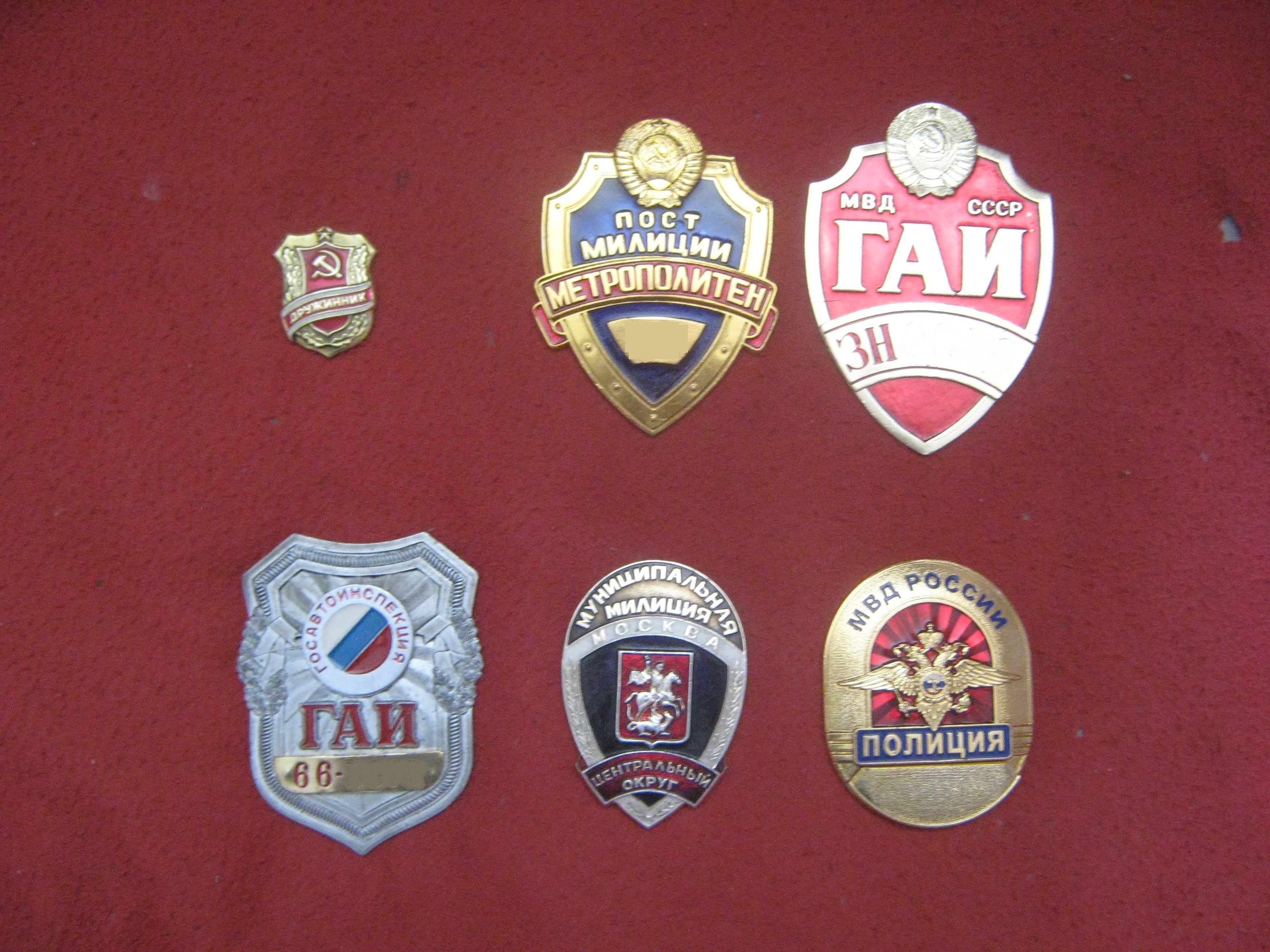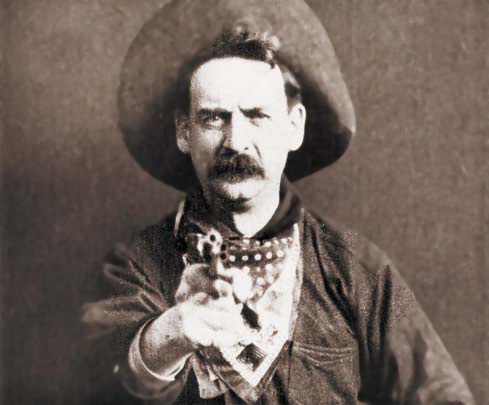|
The Seventh Bullet
''The Seventh Bullet'' (russian: Седьмая пуля, translit. ''Sedmaya pulya'') is a Soviet Ostern film of 1972 directed by Ali Khamraev. Plot In the same tradition as '' The White Sun of the Desert'' and '' The Bodyguard'', ''The Seventh Bullet'' is set after the Russian Civil War which ended in the 1920s when Soviet power established itself in Central Asia in the wake of the Basmachi rebellion. Despite this slight shift in emphasis and a post-war setting, ''The Seventh Bullet'' is closer to a typical war film than other Red Westerns because of a prominence of tactical resourcefulness in the development of the plot. Although of course this is a staple of many American Westerns from John Ford's cavalry series to the many Apache war films. Despite the restoration of Soviet power in the area, Basmachis continue to arrive from across the border, bringing death and destruction to peaceful villages. One of the bands of rebels is led by Khairulla who is pitted against the ... [...More Info...] [...Related Items...] OR: [Wikipedia] [Google] [Baidu] |
Ali Khamraev
Ali Hamroyev (sometimes spelled Ali Khamrayev in English) ( uz, Ali Hamroyev, Али Ҳамроев; russian: Али Хамраев) (born May 19, 1937) is an Uzbek actor, film director, screenwriter, and film producer. He is best known in the former Soviet Union for his works in the 1960s and 1970s. To date, Hamroyev has made over 30 documentary and over 20 feature films. His most famous films include '' Yor-yor'' (1964), ''The Seventh Bullet'' (1972), ''The Bodyguard'' (1979), and '' Vuodillik kelin'' (1984). Hamroyev has received many honorary titles and awards, including the title Meritorious Artist of Uzbekistan (1969). Life and work Ali Hamroyev was born on May 19, 1937, in Tashkent, then the Uzbek SSR. He graduated from the Gerasimov Institute of Cinematography (VGIK) in 1961. That same year he started working at Uzbekfilm. Hamroyev is best known in the former Soviet Union for his works in the 1960s and 1970s. He has made over 30 documentary and over 20 feature fi ... [...More Info...] [...Related Items...] OR: [Wikipedia] [Google] [Baidu] |
Russian Civil War
{{Infobox military conflict , conflict = Russian Civil War , partof = the Russian Revolution and the aftermath of World War I , image = , caption = Clockwise from top left: {{flatlist, *Soldiers of the Don Army *Soldiers of the Siberian Army *Suppression of the Kronstadt rebellion *American troop in Vladivostok during the intervention *Victims of the Red Terror in Crimea *Hanging of workers in Yekaterinoslav by the Austrians *A review of Red Army troops in Moscow. , date = 7 November 1917 – 16 June 1923{{Efn, The main phase ended on 25 October 1922. Revolt against the Bolsheviks continued in Central Asia and the Far East through the 1920s and 1930s.{{cite book, last=Mawdsley, first=Evan, title=The Russian Civil War, location=New York, publisher=Pegasus Books, year=2007, isbn=9781681770093, url=https://archive.org/details/russiancivilwar00evan, url-access=registration{{rp, 3,230(5 years, 7 months and 9 day ... [...More Info...] [...Related Items...] OR: [Wikipedia] [Google] [Baidu] |
1972 Films
The year 1972 in film involved several significant events. Highest-grossing films (U.S.) The top ten 1972 released films by box office gross in North America are as follows: Awards Palme d'Or (Cannes Film Festival): :'' The Working Class Goes to Heaven'' (''La classe operaia va in paradiso''), directed by Elio Petri, Italy :'' The Mattei Affair'' (''Il Caso Mattei''), directed by Francesco Rosi, Italy Golden Bear (Berlin Film Festival): :'' The Canterbury Tales'' (''I Racconti di Canterbury''), directed by Pier Paolo Pasolini, Italy / France 1972 Wide-release movies United States unless stated January–March April–June July–September October–December Notable films released in 1972 United States unless stated # *''The 14 Amazons'' (Shi si nu ying hao), directed by Cheng Kang, starring Lisa Lu, Lily Ho, Ivy Ling Po. (Hong Kong historical drama martial arts film) *'' 1776'', starring William Daniels, Howard Da Silva, John Cullum, Ken Howard, ... [...More Info...] [...Related Items...] OR: [Wikipedia] [Google] [Baidu] |
Ostern Films
The Ostern (Eastern; , ''Istern''; or остерн) or Red Western was a film genre created in the Soviet Union and Eastern Bloc as a variation of the Western films that originated in the United States. The word "Ostern" is a portmanteau derived from the German word ''Ost'', meaning "East", and the English word "western". The term now includes two related genres: * Proper Red Westerns, set in America's "Wild West" but involving radically different themes and interpretations than US westerns. Examples include ''Lemonade Joe'' (Czechoslovakia, 1964), or ''The Sons of Great Bear'' (East Germany, 1966) or '' The Oil, the Baby and the Transylvanians'' (Romania, 1981), or ''A Man from the Boulevard des Capucines'' (USSR, 1987). These were mostly produced in Eastern European countries like East Germany and Czechoslovakia, rather than USSR. * Easterns (Osterns), set usually on the steppes or Asian parts of the USSR, especially during the Russian Revolution or the following Civil War, but ... [...More Info...] [...Related Items...] OR: [Wikipedia] [Google] [Baidu] |
Militsiya
''Militsiya'' ( rus, милиция, , mʲɪˈlʲitsɨjə) was the name of the police forces in the Soviet Union (until 1991) and in several Eastern Bloc countries (1945–1992), as well as in the non-aligned SFR Yugoslavia (1945–1992). The term continues in common and sometimes official usage in some of the individual former Soviet republics such as Belarus, Tajikistan, Uzbekistan and Kyrgyzstan, as well as in the partially recognised or unrecognised republics of Abkhazia, South Ossetia, Transnistria, DNR and LNR. Name and status The name ''militsiya'' as applied to police forces originates from a Russian Provisional Government decree dated April 17, 1917, and from early Soviet history: both the Provisional Government and the Bolsheviks intended to associate their new law-enforcement authority with the self-organisation of the people and to distinguish it from the czarist police. The militsiya was reaffirmed in Russia on October 28 (November 10, according to th ... [...More Info...] [...Related Items...] OR: [Wikipedia] [Google] [Baidu] |
Apache
The Apache () are a group of culturally related Native American tribes in the Southwestern United States, which include the Chiricahua, Jicarilla, Lipan, Mescalero, Mimbreño, Ndendahe (Bedonkohe or Mogollon and Nednhi or Carrizaleño and Janero), Salinero, Plains (Kataka or Semat or " Kiowa-Apache") and Western Apache ( Aravaipa, Pinaleño, Coyotero, Tonto). Distant cousins of the Apache are the Navajo, with whom they share the Southern Athabaskan languages. There are Apache communities in Oklahoma and Texas, and reservations in Arizona and New Mexico. Apache people have moved throughout the United States and elsewhere, including urban centers. The Apache Nations are politically autonomous, speak several different languages, and have distinct cultures. Historically, the Apache homelands have consisted of high mountains, sheltered and watered valleys, deep canyons, deserts, and the southern Great Plains, including areas in what is now Eastern Arizona, Norther ... [...More Info...] [...Related Items...] OR: [Wikipedia] [Google] [Baidu] |
Cavalry
Historically, cavalry (from the French word ''cavalerie'', itself derived from "cheval" meaning "horse") are soldiers or warriors who Horses in warfare, fight mounted on horseback. Cavalry were the most mobile of the combat arms, operating as light cavalry in the roles of reconnaissance, Screening (tactical), screening, and skirmisher, skirmishing in many armies, or as heavy cavalry for decisive shock attacks in other armies. An individual soldier in the cavalry is known by a number of designations depending on era and tactics, such as cavalryman, Equestrianism, horseman, trooper (rank), trooper, cataphract, knight, hussar, uhlan, mamluk, cuirassier, lancer, dragoon, or horse archer. The designation of ''cavalry'' was not usually given to any Military animal, military forces that used other animals for mounts, such as Camel cavalry, camels or War elephant, elephants. Infantry who moved on horseback, but dismounted to fight on foot, were known in the early 17th to the early 18t ... [...More Info...] [...Related Items...] OR: [Wikipedia] [Google] [Baidu] |
John Ford
John Martin Feeney (February 1, 1894 – August 31, 1973), known professionally as John Ford, was an American film director and naval officer. He is widely regarded as one of the most important and influential filmmakers of his generation. He was the recipient of six Academy Awards including a record four wins for Academy Award for Best Director, Best Director. Ford made frequent use of location shooting and wide shots, in which his characters were framed against a vast, harsh, and rugged natural terrain. In a career of more than 50 years, Ford directed more than 140 films (although most of his silent films are now lost film, lost). He is renowned both for Western (genre), Westerns such as ''Stagecoach (1939 film), Stagecoach'' (1939), ''The Searchers'' (1956), and ''The Man Who Shot Liberty Valance'' (1962) and adaptations of classic 20th century American novels such as ''The Grapes of Wrath (film), The Grapes of Wrath'' (1940). Ford's work was held in high regard by his col ... [...More Info...] [...Related Items...] OR: [Wikipedia] [Google] [Baidu] |
Western (genre)
The Western is a genre set in the American frontier and commonly associated with folk tales of the Western United States, particularly the Southwestern United States, as well as Northern Mexico and Western Canada. It is commonly referred to as the "Old West" or the "Wild West" and depicted in Western media as a hostile, sparsely populated frontier in a state of near-total lawlessness patrolled by outlaws, sheriffs, and numerous other stock "gunslinger" characters. Western narratives often concern the gradual attempts to tame the crime-ridden American West using wider themes of justice, freedom, rugged individualism, Manifest Destiny, and the national history and identity of the United States. History The first films that belong to the Western genre are a series of short single reel silents made in 1894 by Edison Studios at their Black Maria studio in West Orange, New Jersey. These featured veterans of ''Buffalo Bill's Wild West'' show exhibiting skills acquired by ... [...More Info...] [...Related Items...] OR: [Wikipedia] [Google] [Baidu] |
United States
The United States of America (U.S.A. or USA), commonly known as the United States (U.S. or US) or America, is a country primarily located in North America. It consists of 50 U.S. state, states, a Washington, D.C., federal district, five major unincorporated territories, nine United States Minor Outlying Islands, Minor Outlying Islands, and 326 Indian reservations. The United States is also in Compact of Free Association, free association with three Oceania, Pacific Island Sovereign state, sovereign states: the Federated States of Micronesia, the Marshall Islands, and the Palau, Republic of Palau. It is the world's List of countries and dependencies by area, third-largest country by both land and total area. It shares land borders Canada–United States border, with Canada to its north and Mexico–United States border, with Mexico to its south and has maritime borders with the Bahamas, Cuba, Russia, and other nations. With a population of over 333 million, it is the List of ... [...More Info...] [...Related Items...] OR: [Wikipedia] [Google] [Baidu] |
Red Western
The Ostern (Eastern; , ''Istern''; or остерн) or Red Western was a film genre created in the Soviet Union and Eastern Bloc as a variation of the Western films that originated in the United States. The word "Ostern" is a portmanteau derived from the German word ''Ost'', meaning "East", and the English word "western". The term now includes two related genres: * Proper Red Westerns, set in America's "Wild West" but involving radically different themes and interpretations than US westerns. Examples include ''Lemonade Joe'' (Czechoslovakia, 1964), or ''The Sons of Great Bear'' (East Germany, 1966) or '' The Oil, the Baby and the Transylvanians'' (Romania, 1981), or ''A Man from the Boulevard des Capucines'' (USSR, 1987). These were mostly produced in Eastern European countries like East Germany and Czechoslovakia, rather than USSR. * Easterns (Osterns), set usually on the steppes or Asian parts of the USSR, especially during the Russian Revolution or the following Civil War, but ... [...More Info...] [...Related Items...] OR: [Wikipedia] [Google] [Baidu] |




